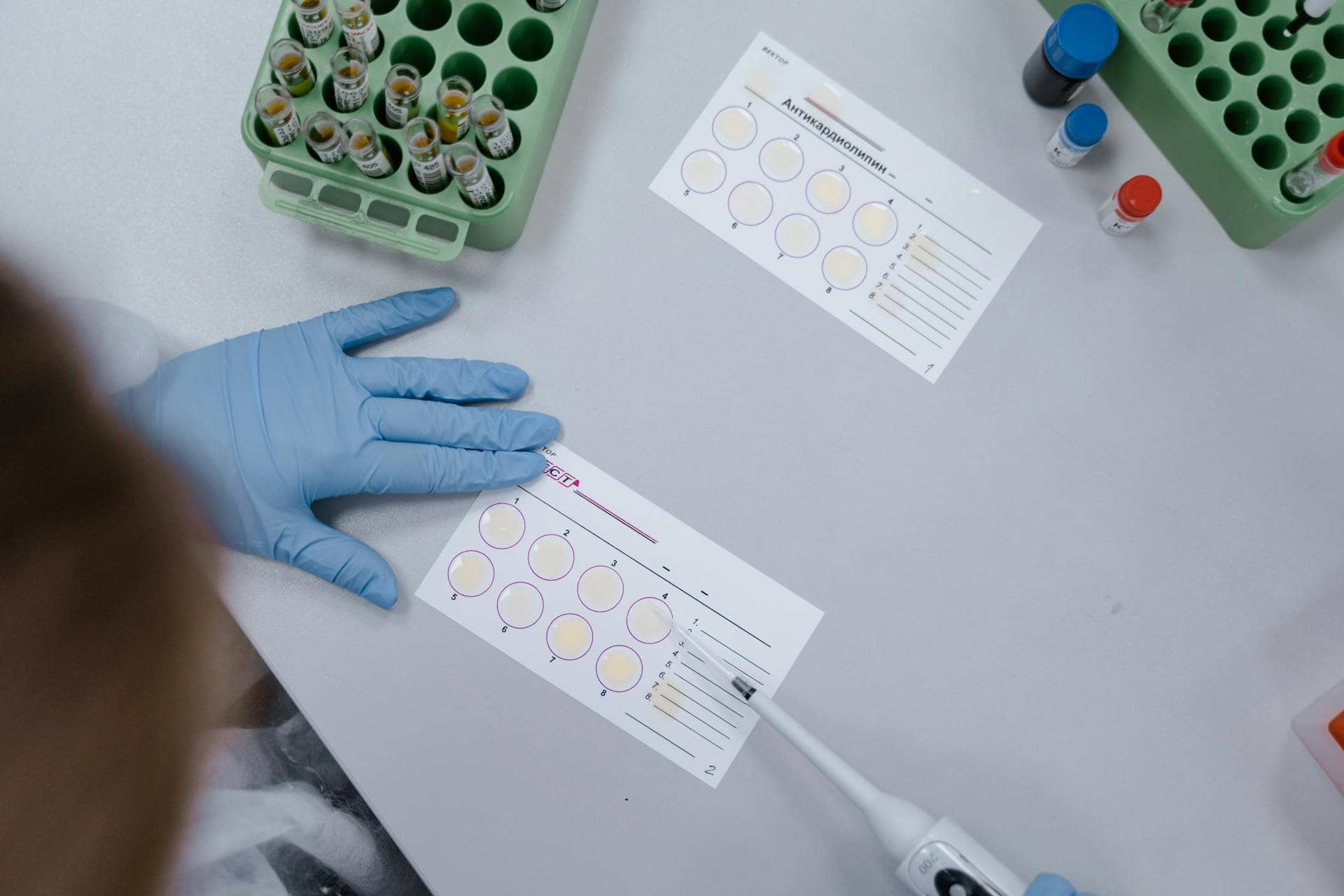Fatty liver, a disease that affects 20-30% of the world’s population, can sometimes progress to liver cirrhosis. Because it is a very common disease, many studies are being conducted on it. Therefore, it is known that people with fatty liver more often have other diseases (cardiovascular, colon cancer, kidney failure).
Treatment for fatty liver consists of lifestyle changes (diet and exercise) and the administration of certain medications (vitamin E, ursodeoxycholic acid, etc.), but new effective medications for this disease need to be developed. In this regard, in recent years, GLP-1 receptor agonist drugs such as Ozempic and Wegovy, which regulate appetite and gastric emptying, have been marketed. More recently, another drug (Mounjaro) has been marketed also. This is a dual agonist that acts on both the GLP-1 receptor and the glucose-dependent insulinotropic polypeptide (GIP) receptor and therefore may be more potent than the drugs mentioned above. It is used to treat obesity and diabetes and appears to be effective for fatty liver disease.
Clinical study with experimental treatment
This year, at the Annual Meeting of the European Association for the Study of Liver Diseases, a work was presented on the treatment of fatty liver with a new drug (DR10624), a triple agonist of the FGF21, GCG, and GLP-1 receptors. The study included 49 patients with fatty liver who received either placebo or the drug for 12 weeks, starting at 12.5 mg and doubling the dose weekly to 75 mg.
DR10624 was shown to be highly effective on metabolic markers of fatty liver. The proportion of patients who showed a significant reduction (greater than 50%) in liver fat was 66.7%, 88.9%, 100%, and 75.8% with the 12.5 mg, 25 mg, 50 mg, and 75 mg doses, respectively, with statistically significant differences compared to the placebo group.
The results indicate that DR10624 is potentially more potent than the currently available drugs (Ozempic, Wegovy, Mounjaro) for the treatment of fatty liver. However, in Dr. Carreño’s opinion, studies are needed not only with more patients but also comparing the efficacy of the different drugs in a population of patients with fatty liver and similar characteristics.


